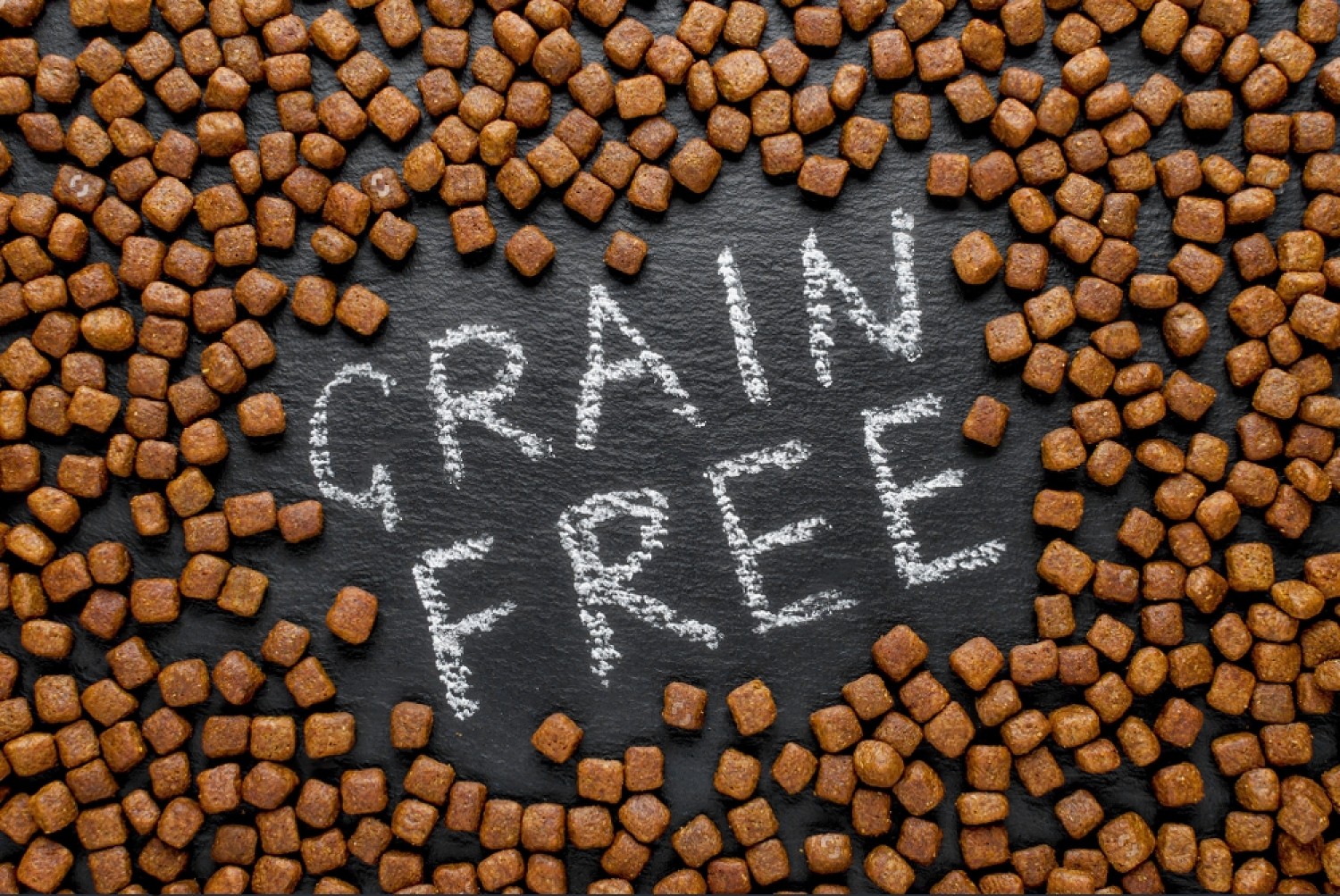When it comes to your dog’s diet, you may be wondering if grain-free food is the way to go.
The truth is, grain-free diets can be bad for dogs. Here’s why: while grains like rice and corn can be difficult for dogs to digest, they’re not the worst things your dog could eat. Grains are a source of important nutrients like fiber, vitamins, and minerals. Replacing grains with other fillers like potatoes or peas can actually lead to deficiencies in these nutrients.
Another problem with grain-free diets is that they often contain more unhealthy ingredients like potatoes, peas, and other starchy vegetables. These ingredients can cause problems like weight gain and diabetes in dogs.
So is a grain-free diet right for your dog? It depends on your dog’s individual needs and dietary requirements. Talk to your vet before making any changes to your dog’s diet.
What Is Grain-Free Food?
A grain-free diet allows most foods, as long as they’re devoid of grains. This includes fruits, vegetables, legumes, meat, fish, seafood, eggs, dairy, pseudocereals, nuts, seeds, and non-grain-based flours.
The Controversy Around Grain-Free Food
Well, the controversy around grain-free food comes down to one thing: carbs. Grain-free foods are high in carbs, and dogs don’t need that much carbohydrate in their diet. In fact, too many carbs can actually be dangerous for dogs.
Here’s why: when dogs eat a lot of carbs, their blood sugar levels spike. This can lead to all sorts of health problems, like obesity, diabetes, and liver disease. Not to mention, all those carbs can also lead to a condition called “glycogen storage disease,” which is pretty serious and can be fatal.
So if you’re thinking about switching your dog to a grain-free diet, think again. It may be healthy for humans, but it’s not good for our furry friends.
Are Grain-Free Foods Bad for Dogs?
Are grain-free foods bad for your dog? The answer is a resounding YES.
Here’s why: first of all, grain-free foods are often high in carbohydrates, which can be harmful to your dog. Grain-free foods also tend to be low in protein, and protein is essential for your dog’s health.
Finally, grain-free foods often contain ingredients like legumes and potatoes that can be harmful to your pet. So if you’re thinking about switching to a grain-free diet for your dog, think again—it could end up doing more harm than good.
The Possible Dangers of Grain-Free Diets
The first danger is that grain-free diets can actually be quite harmful. Dogs are not meant to eat a diet that consists of only meat and vegetables, and they can suffer from serious health problems as a result.
The second danger is that grain-free foods can be contaminated with harmful bacteria. This bacteria can make your dog very sick, and in some cases it can even be deadly.
So as you can see, there are quite a few reasons why grain-free foods should not be fed to dogs. If you’re currently feeding your dog a grain-free diet, please talk to your veterinarian about switching to a different food.
How to Know if a Grain-Free Diet Is Right for Your Dog
Well, the first step is to talk to your veterinarian. He or she will be able to tell you if your dog has any allergies or sensitivities to grains. And even if he or she doesn’t, it’s still a good idea to consult with your vet before making any major changes to your dog’s diet.
There are a few other things you can look for as well. For example, if your dog is constantly scratching himself or licking his paws, that could be a sign that he’s allergic to grains. Other symptoms include diarrhea, vomiting, and weight loss.
If you’re still not sure whether a grain-free diet is right for your dog, there are some things you can do to test it out. You can try switching him to a grain-free food for a week and see how he does. If he doesn’t have any negative reactions, then you can probably assume that he’s OK with grains. But if he starts having symptoms again, then it’s probably best to switch him back to a food that includes grains.
Alternatives to Grain-Free Food
Well, the truth is, they’re not bad for dogs—they’re just not good for them. Dogs are carnivores, which means that their bodies are designed to digest and use protein from meat sources, not carbohydrates like grains.
That’s why grain-free foods are often high in carbohydrates and low in protein. And when a dog eats too many carbs, it can lead to health problems like weight gain, diabetes, and even liver failure.
So what should you feed your dog instead? There are lots of great options out there, like high-quality dog food made with real meat as the main ingredient, or home-cooked meals made with fresh ingredients.
Whatever you choose, just make sure that your dog is getting the nutrients he needs to stay healthy and happy.
Conclusion
There are a few reasons. The biggest reason is that grain-free foods are typically high in unhealthy fats and low in nutrients, which can lead to health problems in dogs.
Grain-free diets can also cause digestive problems in dogs, and they can be expensive compared to diets that include grains.
Ultimately, grain-free diets are not the best option for your dog, and it’s important to talk to your veterinarian before making any changes to your dog’s diet.

